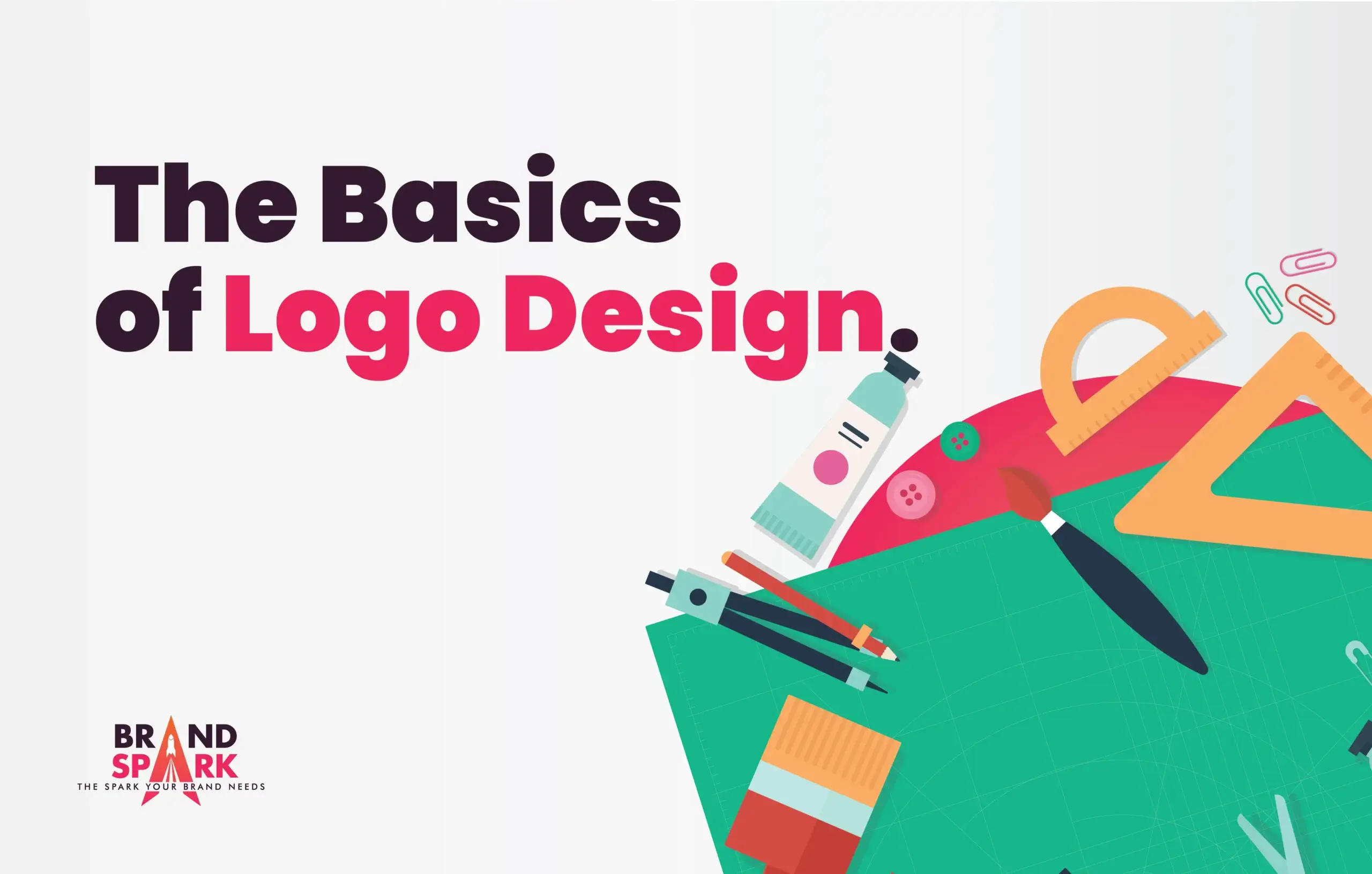In today’s competitive business world, your logo design is of the utmost importance. Your company will have to compete with both established and new businesses in your industry. While a solid marketing strategy is essential, your visual communication skills are equally important for your company. Companies can instantly connect with their target audience by using visuals such as logos, business cards, and other graphic designs, among other things.
The logo is an essential part of doing business in a market where many competitors vie for customers’ attention. A logo can be used as an effective marketing tool to bring a company’s products and services to the attention of the public and targeted customers. However, such benefits are only available when a logo design adheres to some tried and true logo design concepts.
Here are the five fundamental principles that professional logo designers must keep in mind when creating logos:
1. Learn More About Your Target Market
One of the fundamental principles of design is to first understand your target customer for the products or services you provide. When designing a logo for a client, ask some questions to help define the customers, and pinpoint the client’s or your niche market.
Determine who your ideal customer is who is looking for the solutions your products or services provide. Marketers have many tricks to help them figure this out. For example, you can conduct a survey to determine who is interested in your market offerings.
You should inquire about the various backgrounds of that ideal customer. So, learn about the audience’s social, economic, educational, and cultural backgrounds.
The benefit of researching an audience is that you can target them with the appropriate design elements. If your ideal customer is a teenager, for example, you can include some fun and quirky elements in your logo.
An understanding of your target audience will keep you from going in circles with your logo design and will help you create a message with the right design elements.
2. Examine the Logos of Your Competitors
Hundreds of small to large businesses are already working hard to please their audiences in your client’s niche. It’s possible you’re sharing the audience with them.
As a result, your target customer is also a customer for a lot of other businesses. They are all your competitors, and you must draw customers’ attention to your company.
As a result, your logo, which serves as your primary visual identity, should stand out from the logos of your competitors. Make a list of your competitors and their logos first. Display all of the logos in front of you and analyse their designs, noting which colour palettes and typography they use the most.
Also, be aware of how other businesses in the same industry have distinct logos. Despite providing similar products or services, they all have distinct visual identities, such as logos, websites, business cards, and so on.
This comparison can assist you in creating a unique logo design. Simply avoid repeating colors, fonts, shapes, and icons.
3. Maintain a Simple Design
One of the fundamental requirements and characteristics of a best logo design is that it be based on a simple concept. The best logos are those that provide the viewer with an immediate and clear sense of “you” while remaining clean and uncluttered. In general, less is more, and simplicity has a greater impact. Keep in mind that logos are used in a variety of ways, on various platforms, and in a variety of formats and sizes, so fine details will be lost.
A strong logo will have a few elements that are easily identifiable and integral to the message you want to convey. Remove any elements that do not contribute to the overall picture.
A complicated logo with many colors, fonts, and decorative elements can be very distracting to viewers. A simple design does not require any explanation from experts, and even casual viewers can immediately understand the message that the logo wishes to convey.
4. Make Some Sketches
If you can sketch, you have a good chance of coming up with a unique logo idea. We frequently have design ideas but don’t know much about them.
You can see those logos by sketching those ideas on paper. You should create a lot of preliminary sketches that are also your ideas.
Make sure to develop variations on those various ideas. This way, you can come up with a few good ideas that will work well for your company.
However, complete one sketch that has the potential to attract attention. Then, use the logo maker software to add colors and other elements to your sketch.
5. Maintain a Sense of Balance
A sign of a great logo is that it appears as a well-balanced design. Every colour, font, icon, image, and so on complement one another, and none are out of proportion in the design. When creating your own logo, make sure it is balanced and appealing to the eyes.
However, creative designers frequently break the rules of design balance. You can do it as well if you know the rules and have the necessary experience. Even if those rules are broken, the overall design should not be out of context.
The Bottom Line
A logo design must be a one-of-a-kind concept based on the specific design requirements of a company. The logo should make strategic use of colors, fonts, and other elements. However, it must also be scalable, versatile, and memorable.












